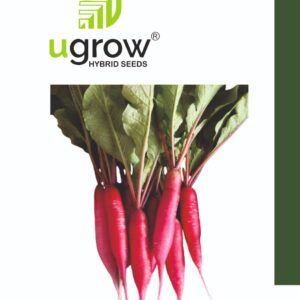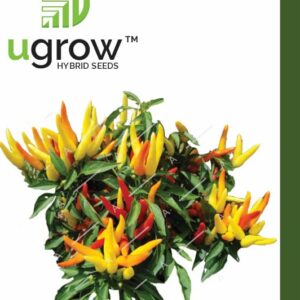Leeks are a versatile and flavorful member of the onion family, prized for their mild taste and culinary uses. Here’s a guide on how to grow leeks:
Growing Leeks:
- Climate and Soil:
- Leeks thrive in cool weather. They prefer well-draining, fertile soil with a pH between 6.0 and 7.0. Ensure the soil is loose and rich in organic matter.
- Variety Selection:
- Choose leek varieties suitable for your region. Common varieties include American Flag, Musselburgh, and Lancelot.
- Planting Time:
- Start leeks from seeds indoors or purchase seedlings from a nursery.
- Plant seeds indoors about 8-10 weeks before the last expected frost. Transplant seedlings outdoors once they’re around 6 inches tall.
- Planting Depth and Spacing:
- Dig trenches about 6 inches deep and space the seedlings 6 inches apart within the trench.
- Plant the seedlings so that the white stem is submerged in the soil, leaving the green leaves exposed.
- Sunlight and Watering:
- Leeks prefer full sun but can tolerate partial shade. Ensure they receive at least 6 hours of sunlight daily.
- Keep the soil consistently moist but not waterlogged. Water deeply to encourage deep root growth.
- Fertilization:
- Before planting, enrich the soil with compost or well-rotted manure to provide nutrients.
- Leeks are moderate feeders; consider using a balanced fertilizer during the growing season if necessary.
- Mulching and Weed Control:
- Apply mulch around the leek plants to retain soil moisture and suppress weed growth. Mulching also helps regulate soil temperature.
- Hilling and Blanching:
- As leeks grow, periodically add soil around the stems (known as hilling) to encourage longer blanched stems.
- Blanching involves excluding light from the lower stems to create the white portion. You can use cardboard collars or earth up around the stems to achieve this.
- Pest and Disease Management:
- Leeks are generally pest-resistant but can be affected by onion flies or leek moths. Use row covers or appropriate insecticides if needed.
- Common diseases include rust and leaf blight. Practice crop rotation and good garden hygiene to prevent these issues.
- Harvesting:
- Leeks mature slowly and are typically ready for harvest in 100-120 days after transplanting.
- Harvest by gently lifting the leeks from the soil. Cut them at the base, leaving a portion of the roots intact.
By following these guidelines and providing proper care in terms of soil preparation, watering, sunlight, and pest management, you can successfully grow leeks and enjoy their delicious flavor in various culinary dishes.





















Reviews
There are no reviews yet.